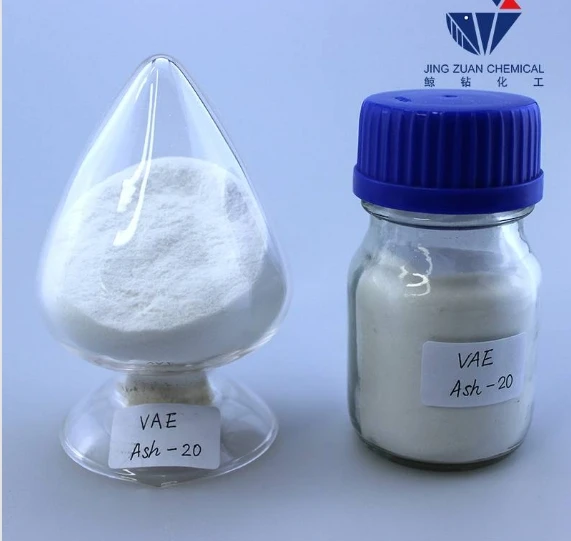
Dec . 07, 2024 07:50 Back to list
use of hpmc
The Use of HPMC A Versatile Polymer in Various Industries
Hydroxypropyl Methylcellulose (HPMC) is a cellulose derivative that has gained substantial recognition for its versatility and functionality in a wide range of industries. A white, odorless, and tasteless powder, HPMC is soluble in cold water and forms a viscous solution, making it an essential component in many applications, including pharmaceuticals, food, cosmetics, and construction. This article explores the various uses of HPMC, highlighting its importance in different fields.
The Use of HPMC A Versatile Polymer in Various Industries
In the food industry, HPMC is utilized as a thickening agent, emulsifier, and stabilizer. Its ability to retain moisture and improve texture makes it a valuable ingredient in a variety of food products, including sauces, dressings, and dairy alternatives. For instance, HPMC can enhance the mouthfeel of low-fat or fat-free products, making them more appealing to consumers. Additionally, it is often used in gluten-free baking to mimic the functional properties of gluten, providing structure and elasticity to dough and baked goods. Its usage ensures that gluten-free alternatives have a satisfactory texture and taste, addressing the dietary needs of many individuals.
use of hpmc

The cosmetic industry also benefits from the incorporation of HPMC. Its extensive use as a thickening agent and film former enhances the stability and texture of various cosmetic formulations, such as lotions, creams, and gels. HPMC helps to create a smooth application and improved spreadability, which is crucial for consumer satisfaction. Furthermore, it has moisturizing properties that benefit the skin, making it an attractive ingredient in skincare products designed for hydration and nourishment.
In construction applications, HPMC is employed as a polymer additive in cement and mortar. Its water-retention capacity significantly improves the workability and adhesion of construction materials. By adding HPMC to tiling adhesives and plasters, builders can ensure better performance and durability, as it prevents the rapid evaporation of water during the curing process. This results in stronger bonds and longer-lasting installations, crucial for maintaining the structural integrity of buildings and infrastructure.
The use of HPMC is not limited to these industries alone; its application extends to various fields, including paints, coatings, and agriculture. In paints, HPMC acts as a thickener and stabilizer, ensuring a uniform consistency and improved application properties. In agriculture, it is used as a soil conditioner and in the formulation of fertilizers, enhancing soil structure and nutrient availability for crops.
In conclusion, the versatility of Hydroxypropyl Methylcellulose (HPMC) has established it as a fundamental ingredient across multiple industries. Its unique properties, such as thickening, emulsifying, and binding capabilities, enable it to serve diverse roles in pharmaceuticals, food products, cosmetics, construction, and beyond. As industries continue to innovate and develop new formulations, the demand for HPMC is likely to grow, underscoring its significance as a multifunctional polymer that enhances product performance and consumer experience. With its non-toxic nature and broad application spectrum, HPMC is poised to remain a vital component in modern formulations and industrial processes.
-
Versatile Hpmc Uses in Different Industries
NewsJun.19,2025
-
Redispersible Powder's Role in Enhancing Durability of Construction Products
NewsJun.19,2025
-
Hydroxyethyl Cellulose Applications Driving Green Industrial Processes
NewsJun.19,2025
-
Exploring Different Redispersible Polymer Powder
NewsJun.19,2025
-
Choosing the Right Mortar Bonding Agent
NewsJun.19,2025
-
Applications and Significance of China Hpmc in Modern Industries
NewsJun.19,2025







